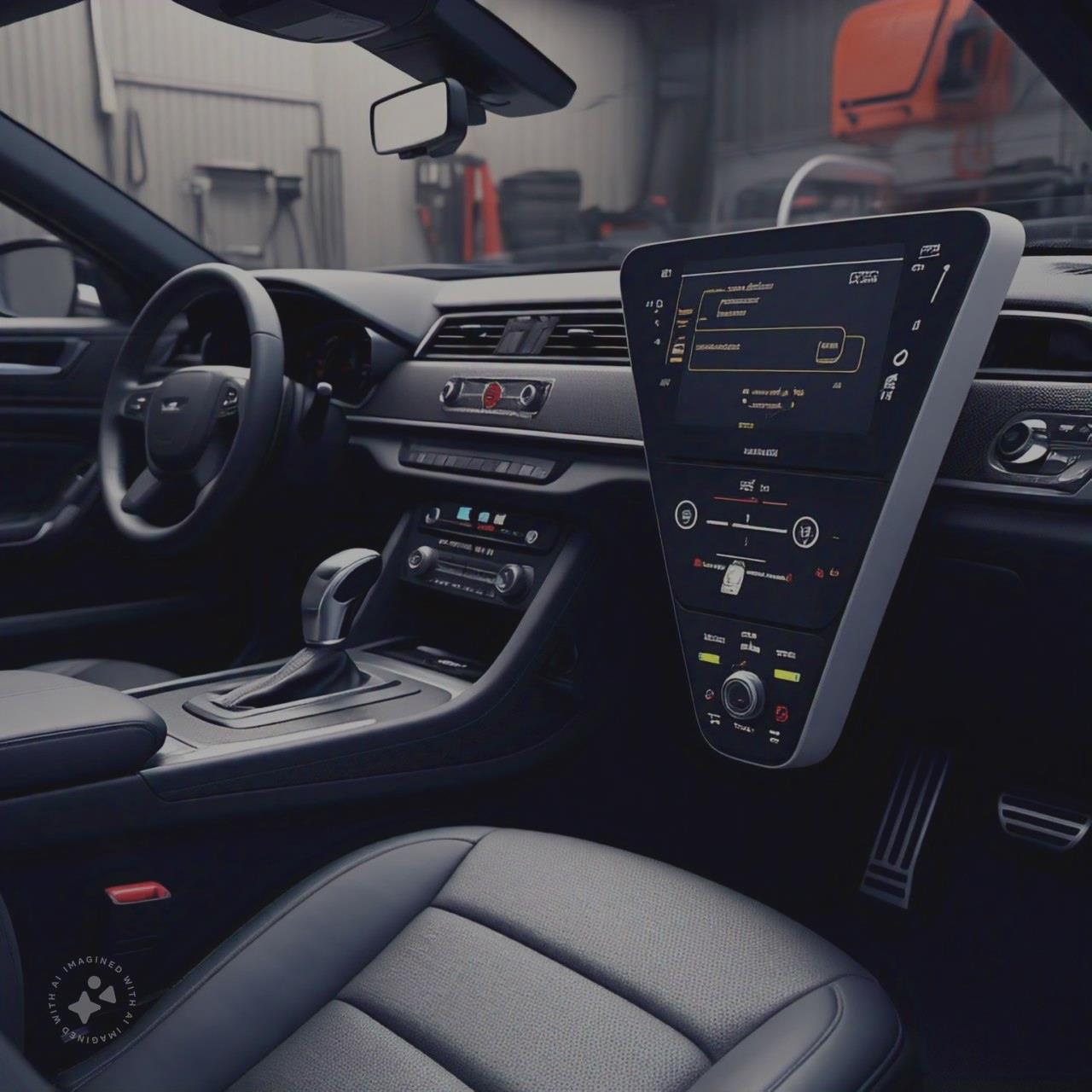PREVIOUS YEARS PROJECTS
The Previous Years' Projects section on your website can serve as an invaluable resource for students seeking inspiration and guidance. By showcasing past projects in a well-organized, searchable format, students can explore successful ideas from previous batches. Projects could be categorized by areas such as Embedded Systems, Signal Processing, Communication Systems, Robotics, Control Systems, and IoT, making it easy for users to find relevant examples within their field of interest. Additionally, organizing these projects by academic year allows students to view recent work and track trends over time, offering insights into evolving topics and technologies. Each project listing could include a brief description, key components used, and learning outcomes, along with downloadable documentation where possible. This feature would not only provide inspiration for current students but also highlight the diverse projects undertaken within the department, fostering a sense of accomplishment and continuity in the program.
DESIGN AND IMPLEMENTATION OF DRONE FOR AGRICULTURE
(2023-24)
Agricultural drones, also known as unmanned aerial vehicles (UAVs), are transforming the agricultural industry by introducing a new level of efficiency, data management, and precision farming. These drones, equipped with advanced sensors and imaging technologies, allow farmers to monitor crop health, optimize irrigation schedules, and manage resources more effectively.Drones capture high-resolution images and provide real-time data, enabling farmers to make informed decisions that enhance crop yields and reduce waste.
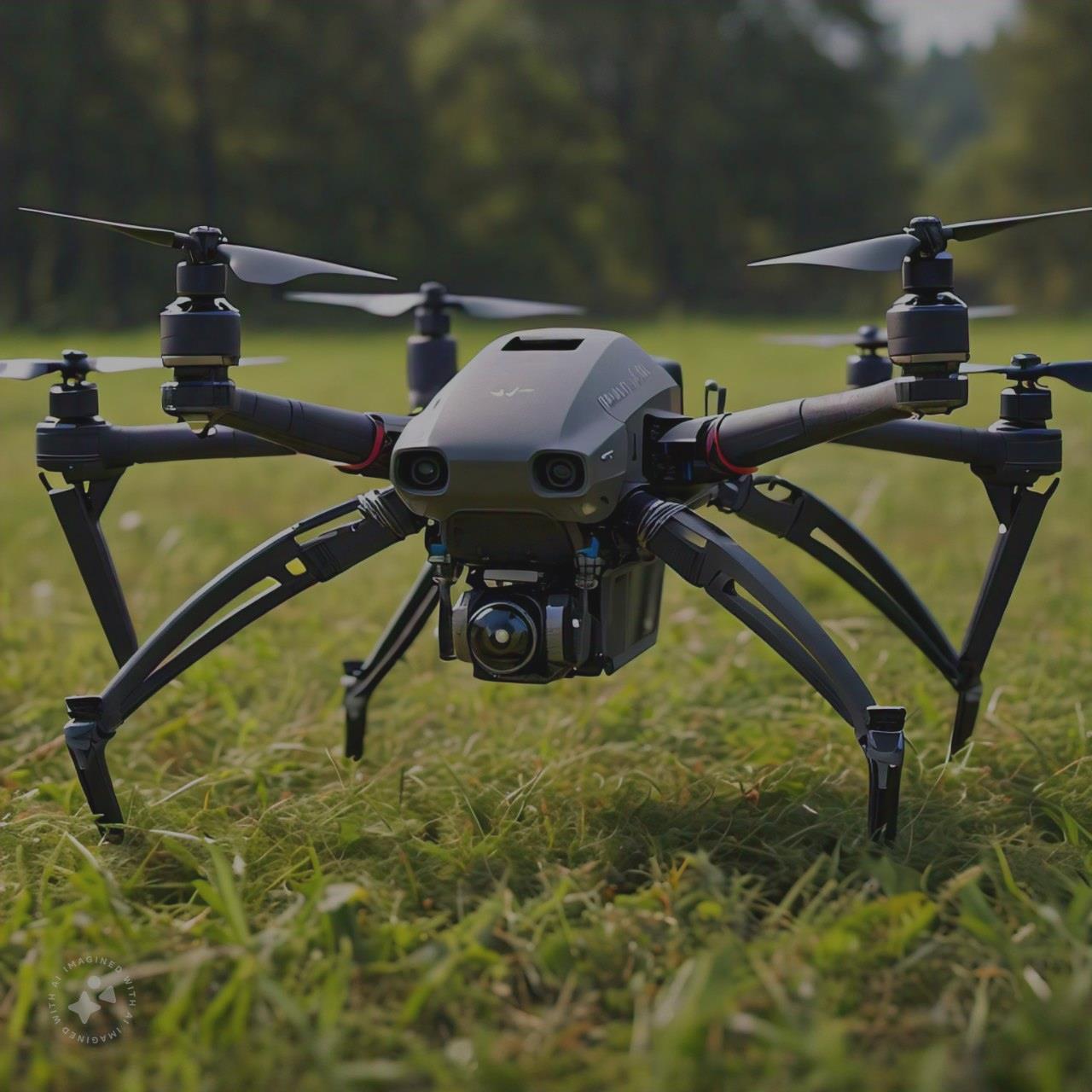
WEATHER MONITORING SYSTEM USING DRONE
(2023-24)
This project introduces an Android-controlled drone designed for remote weather data collection. The drone, capable of 360° movement, receives instructions from an Android phone via a Wi-Fi module and Arduino microcontroller. It gathers data like temperature, humidity, and air pressure, transmitting it to a cloud database via Wi-Fi and SIM module.The motivation behind this project stems from Bangladesh's outdated weather monitoring system.
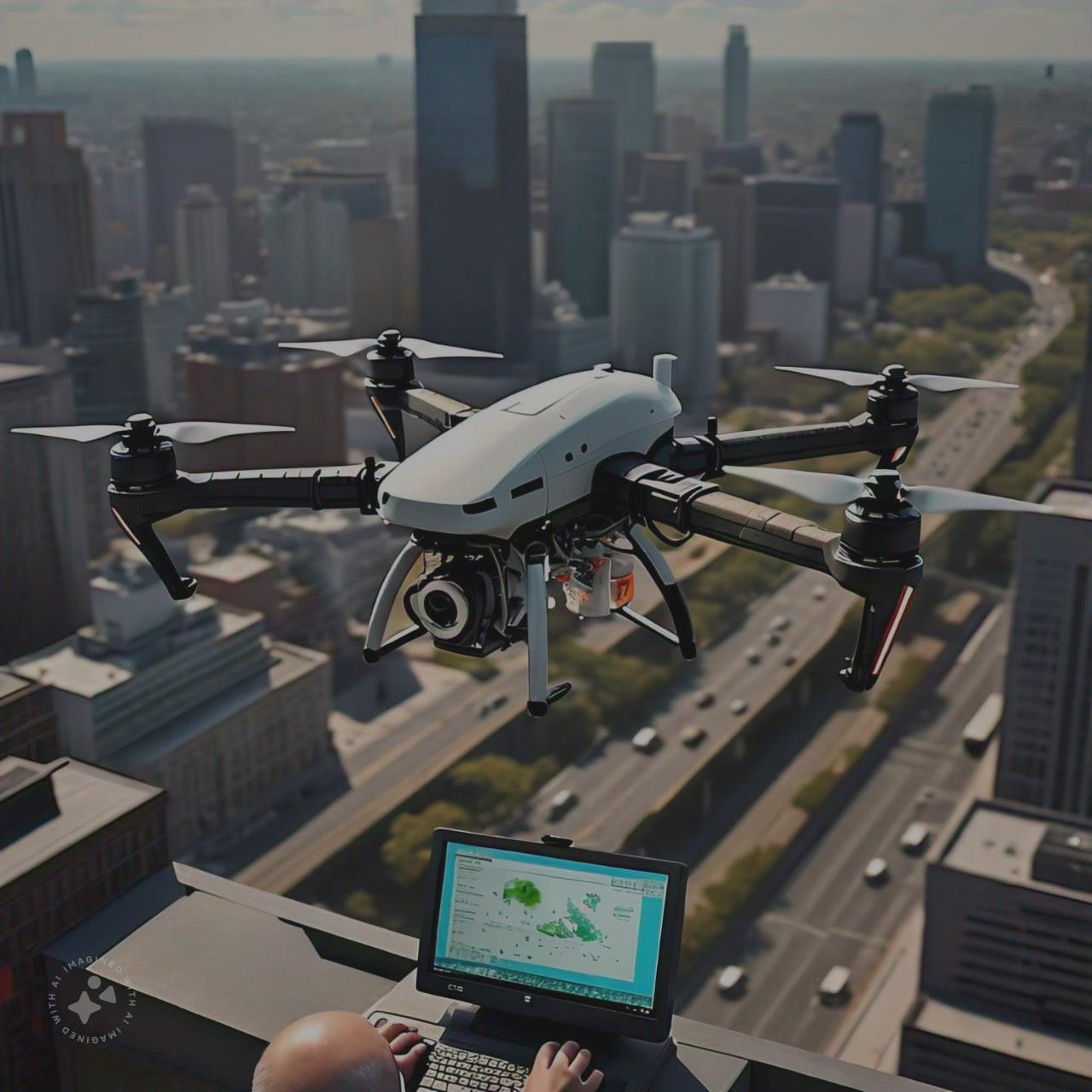
SMART HUMAN FOLLOWING TROLLY
(2023 -24)
Humanoid robots, designed with a human-like body plan, are gaining popularity as a research tool. These robots are being used to study areas such as bipedal locomotion, dexterous manipulation, audio-visual perception, human-robot interaction, and learning.The ultimate goal is to create robots that can work alongside humans in environments designed for human use. While industrial robots excel in mass production, humanoid robots aim to provide a more versatile and adaptable solution.

TRAFFIC REWARD SYSTEM USING IOT
(2023-24)
Rapid urbanization and population growth have made traffic congestion a critical challenge for cities worldwide. Traditional traffic management strategies are inadequate to alleviate this issue, prompting the need for innovative solutions. The Traffic Reward System, leveraging IoT technology, offers a promising approach. By utilizing interconnected devices and data analytics, this system incentivizes desirable commuter behaviors and provides authorities with insights to optimize traffic flow.Urban traffic congestion stems from factors like population growth, inadequate infrastructure, and reliance on private vehicles.

A WEB BASED ACCIDENT REPORTING AND TRACKING SYSTEM
(2023-24)
This project outlines an intelligent Accident Detection and Reporting System that aims to revolutionize emergency response mechanisms by leveraging machine learning and computer vision. The system utilizes the YOLO v8 model, trained on a custom dataset, to accurately detect accidents in real-time. It further incorporates person and animal detection capabilities, along with Automatic License Plate Recognition (ALPR), to provide a comprehensive understanding of accident scenes.
AUTOMATIC VEHICLE STOP BY ALCOHOL DETECTION
(2023 -24)
This project outline is aimed at reducing accidents caused by drunk driving. The project involves developing a system that uses alcohol sensors to detect alcohol in a driver's breath. If alcohol is detected, the system prevents the vehicle from starting. Additionally, the project explores using ultrasonic sensors to detect nearby vehicles and alert the driver, helping to avoid accidents caused by driver inattention or fatigue.The main objectives of the project are to:Reduce the risk of drunk driving accidents.
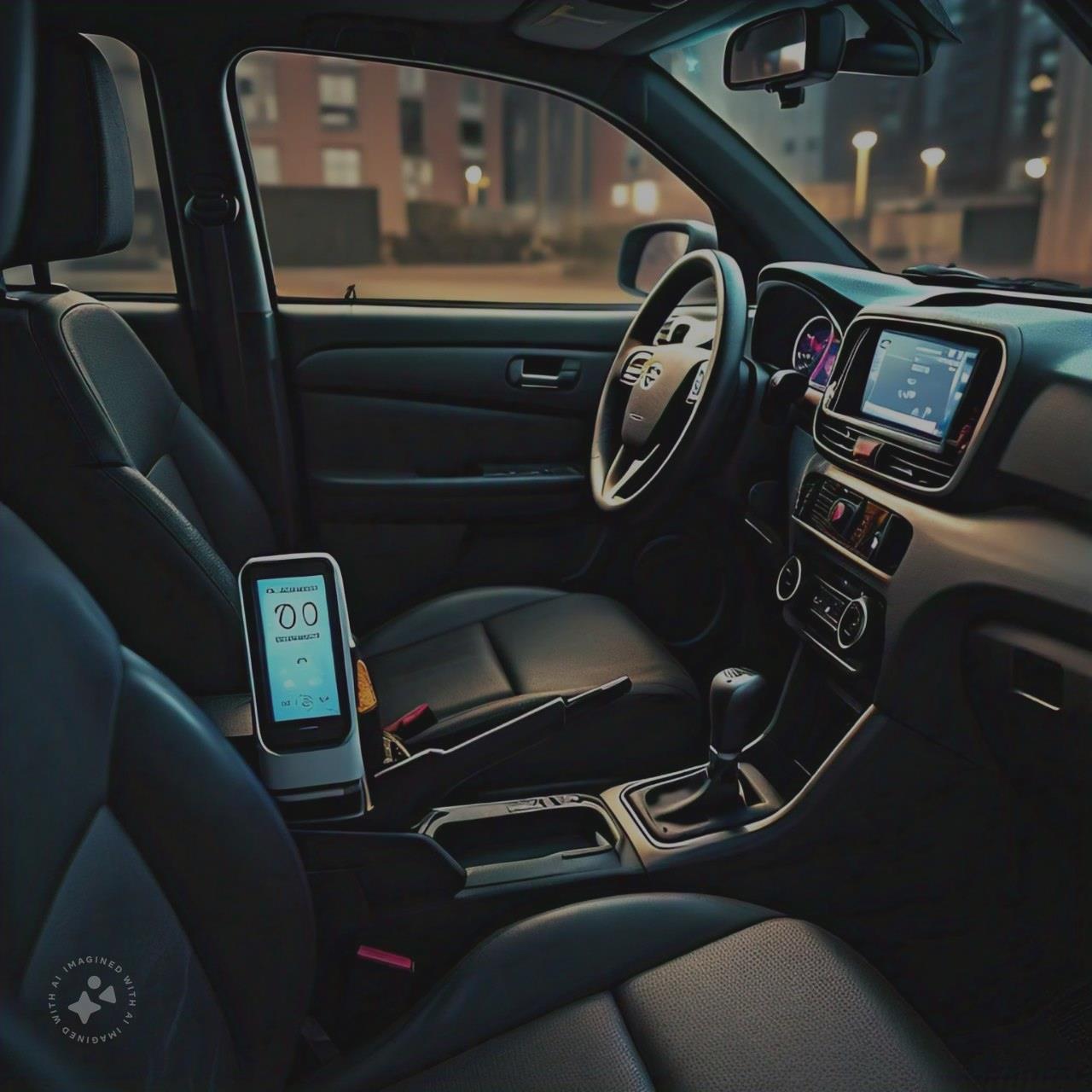
ADVANCE DRY AND WET WASTE DISTRIBUTION MONITORING AND TRACKING SYSTEM
(2023-24)
India faces significant environmental challenges due to improper waste management, including collection, treatment, and disposal. With increasing urbanization, the issue is worsening, leading to public health concerns and environmental pollution.Waste segregation into wet, dry, and metallic streams holds the key to unlocking its economic value. Segregated waste is more likely to be recycled and reused, reducing the need for landfills and minimizing environmental impact.
RFID BASED VEHICLE TRACKING SYSTEM
(2015-16)
This project aims to design a system for wireless vehicle tracking using RFID technology and displaying the location on an LCD. The increasing reliance on technology in modern life necessitates innovative solutions for security and efficiency.The objective is to implement RF technology for applications like vehicle theft detection, toll collection, and attendance tracking..
RAILWAY TRACK PEDESTRIAN CROSSING BETWEEN TWO PLATFORMS
(2016-17)
This project proposes a movable railway platform that bridges the gap between two existing platforms, facilitating easy passenger movement. The system utilizes a PIC Microcontroller as its core, which communicates with IR sensors and limit switches to detect train arrivals and departures.When no train is present, the microcontroller activates a loader mechanism, moving the platform into position between the two stationary platforms. Upon train arrival, the microcontroller retracts the platform, ensuring safe passage.

FACE RECOGNITION ATTENDANCE SYSTEM
(2021-22)
This project report emphasizes the crucial role of student attendance in educational success. High attendance correlates with better grades, retention rates, and overall learning experiences. The traditional methods of attendance tracking, such as handwritten records or spreadsheets, are prone to errors and manipulation. This project proposes a facial recognition attendance system to address these issues.The system aims to eliminate manual processes, minimize attendance fraud, and accurately record student arrival times.
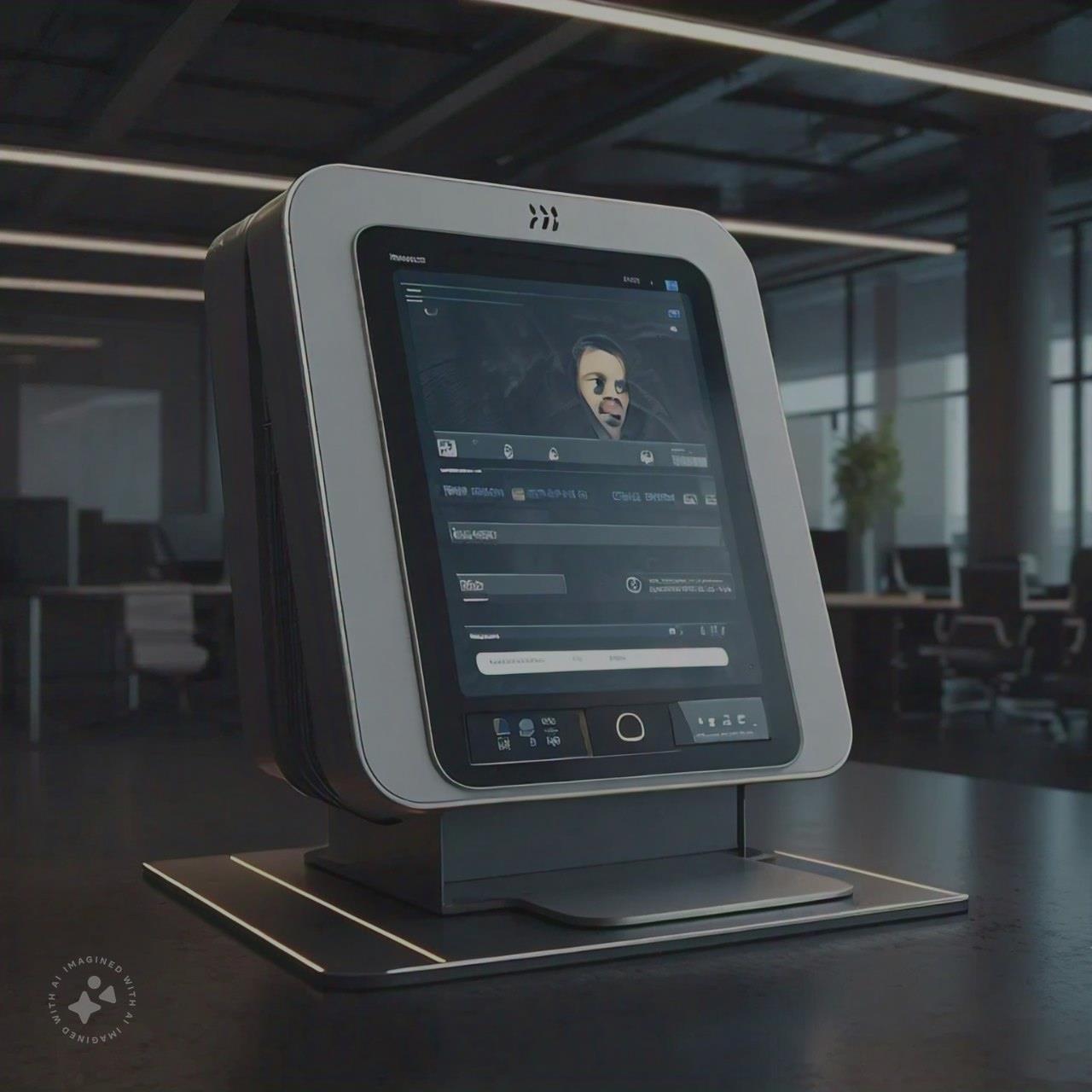
IMPLEMENTATION OF SMART CAR FOR THE SAFETY OF PEOPLE
(2021 -22)
Robotics is rapidly evolving, simplifying human life through technological advancements. This project focuses on an obstacle-avoiding smart car, a device capable of sensing and navigating around obstacles in its path. This technology utilizes ultrasonic sensors to detect obstacles and employs DC motors for movement.The smart car's construction is straightforward, using readily available and cost-effective electronic components. Its primary purpose is to navigate unknown environments while avoiding collisions.
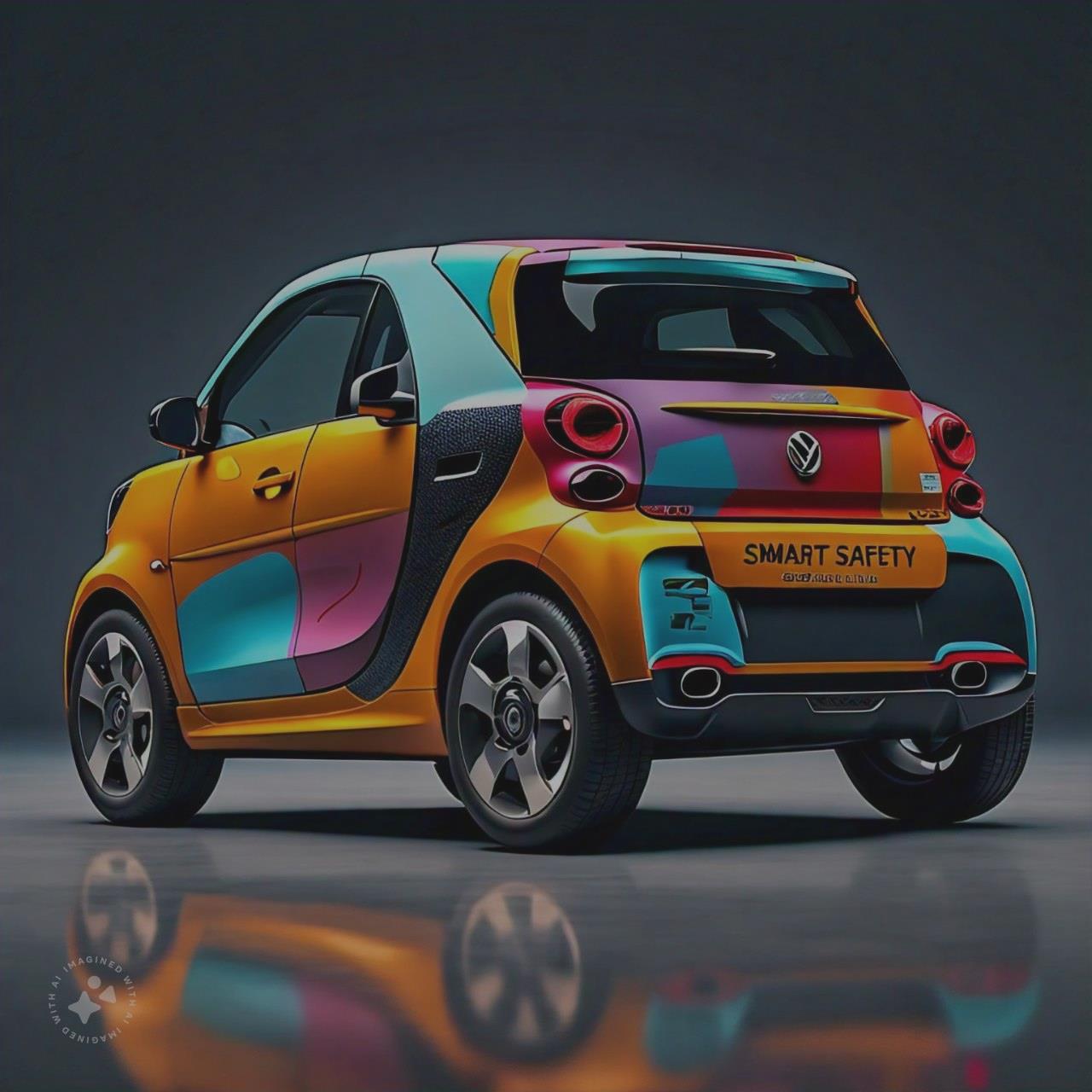
DESIGNER AND IMPLEMENTATION OF BIDIRECTIONAL VISITORS COUNTER USING VHDL
(2015-16)
This project focus is on designing a high-speed counter using VHDL (VHSIC Hardware Description Language) in Altera, due to the portability and ease of modification that VHDL offers. The author mentions that the count sequence can be easily altered from the source code, making the counter adaptable for various applications.
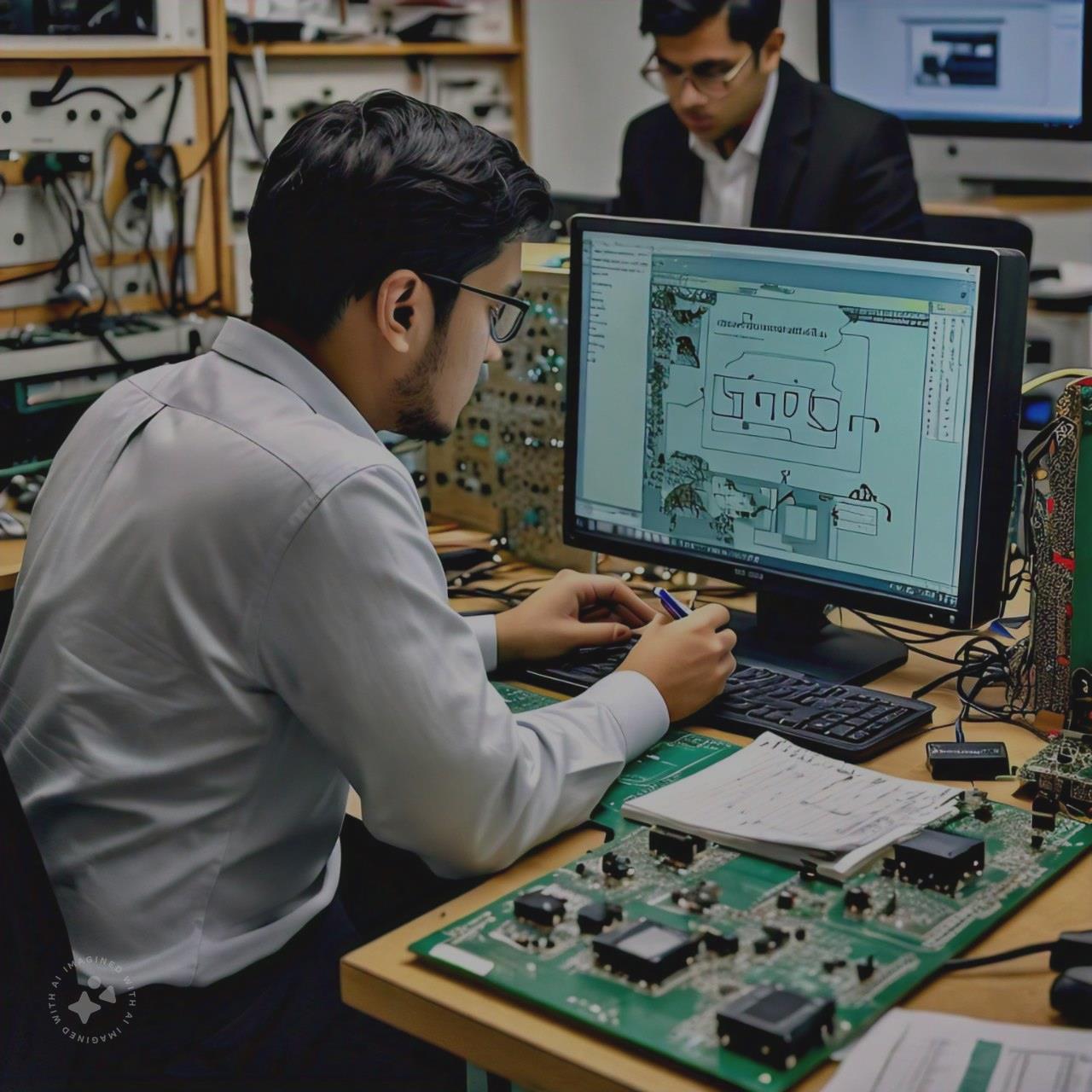
ADVANCE RFID BASED MULTILEVEL VEHICLE PARKING SYSTEM WITH GSM
(2016 -17)
This project outlines an advanced RFID-based multilevel vehicle parking system that uses RFID readers and IR sensors to automate the parking process. This system aims to provide hassle-free parking for vehicle owners.The system operates by utilizing RFID tags issued to each vehicle owner. Upon entering the parking area, the owner presents their RFID tag, triggering an automatic deduction of the parking fee from their bank account. Simultaneously, IR sensors detect empty parking slots and guide the vehicle to the appropriate space.
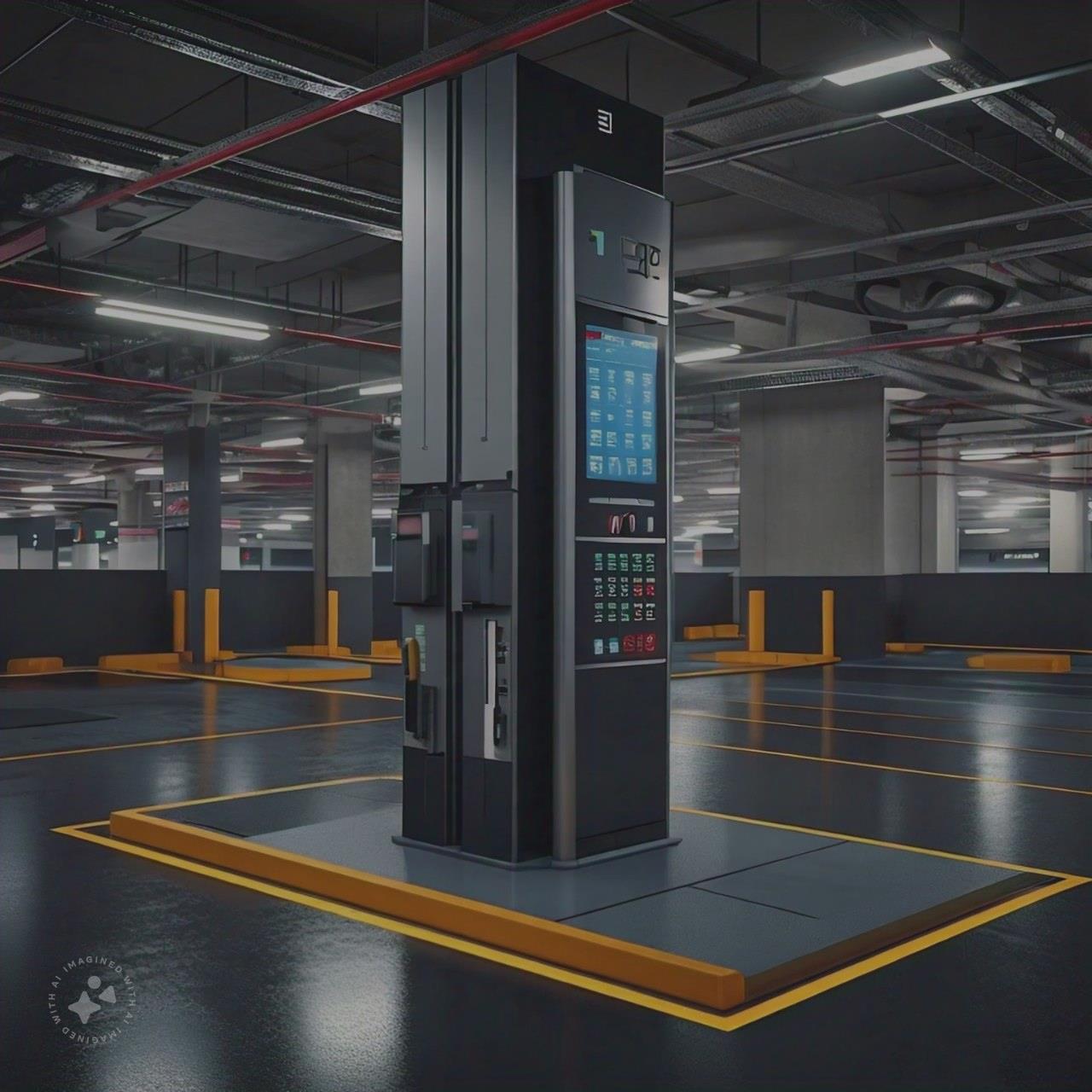
PATIENT HEALTH MONITORING SYSTEM
(2013-14)
This project introduces a Patient Health Monitoring System designed to alert doctors in emergency situations. Utilizing a Zigbee-based network, the system enables efficient doctor-patient communication within hospitals and can even send patient status updates via SMS.The system operates through a Zigbee network topology, leveraging the 2.4GHz frequency band to connect patient devices.
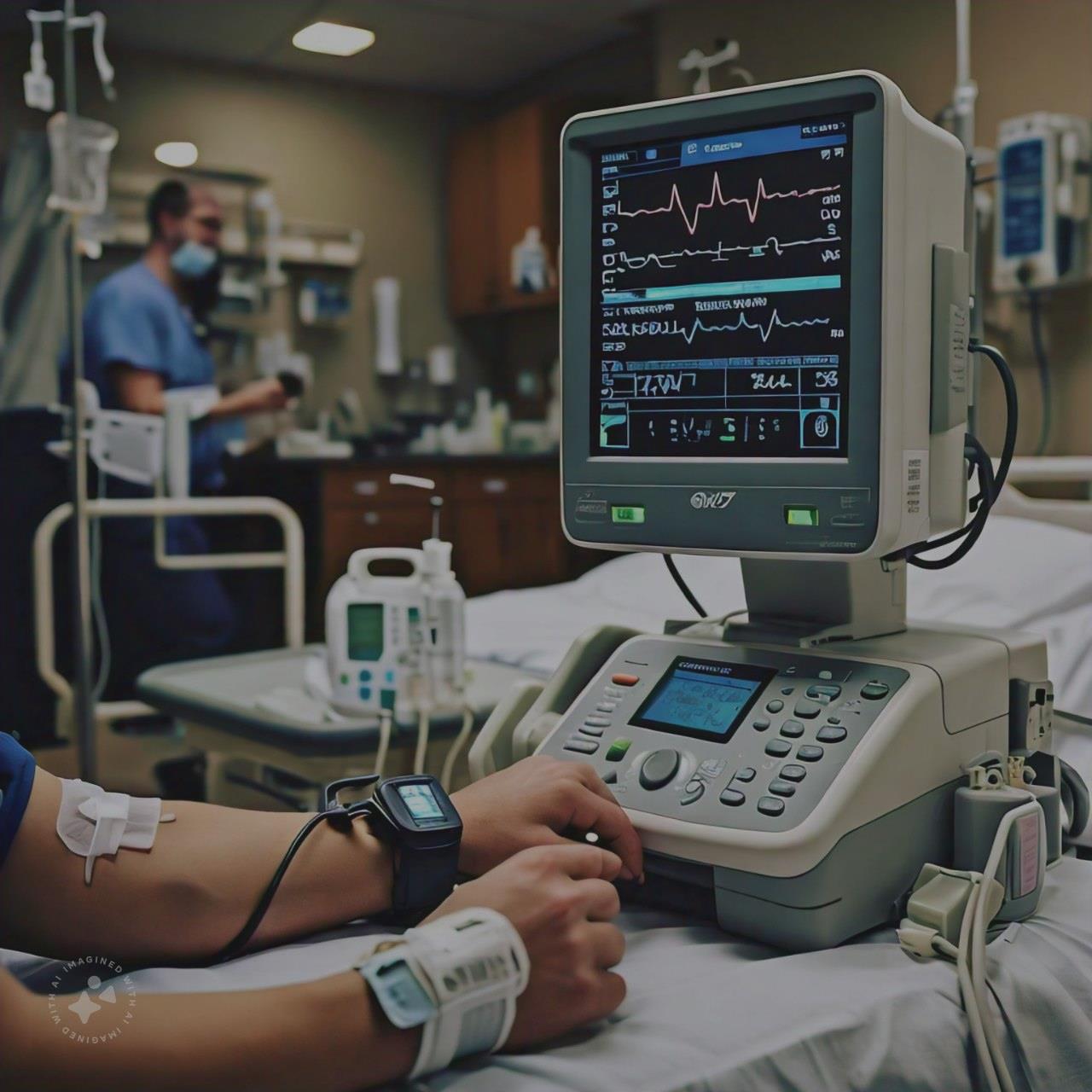
ARLYN PERFUME E-COMMERCE WEBSITE
(2023-24)
Arlyn Perfumes is launching an e-commerce platform in New York City, targeting the city's diverse and discerning fragrance market. The company aims to capitalize on the growing trend of online shopping, particularly in the fragrance industry, by providing a curated selection of high-quality fragrances, personalized recommendations, and an immersive online shopping experience.The website's technical infrastructure is designed for seamless performance, scalability, and security, utilizing cloud computing, content delivery networks (CDNs), and secure payment gateways.

VHDL DESIGN OF DS SS-CDMA TRANSMITTER AND RECEIVER FOR AD HOC NETWORK
(2015-2016)
Direct Sequence Code Division Multiple Access (DS-CDMA) is a promising technique for achieving economical, spectral efficient, and high-quality digital communication in cellular and personal communication systems. This technique offers advantages like improved privacy, security, and increased capacity compared to traditional time or frequency division approaches.While CDMA has been proven in military and aerospace applications for decades, the complexity of the first-generation systems made them unsuitable for cost-conscious consumer products.
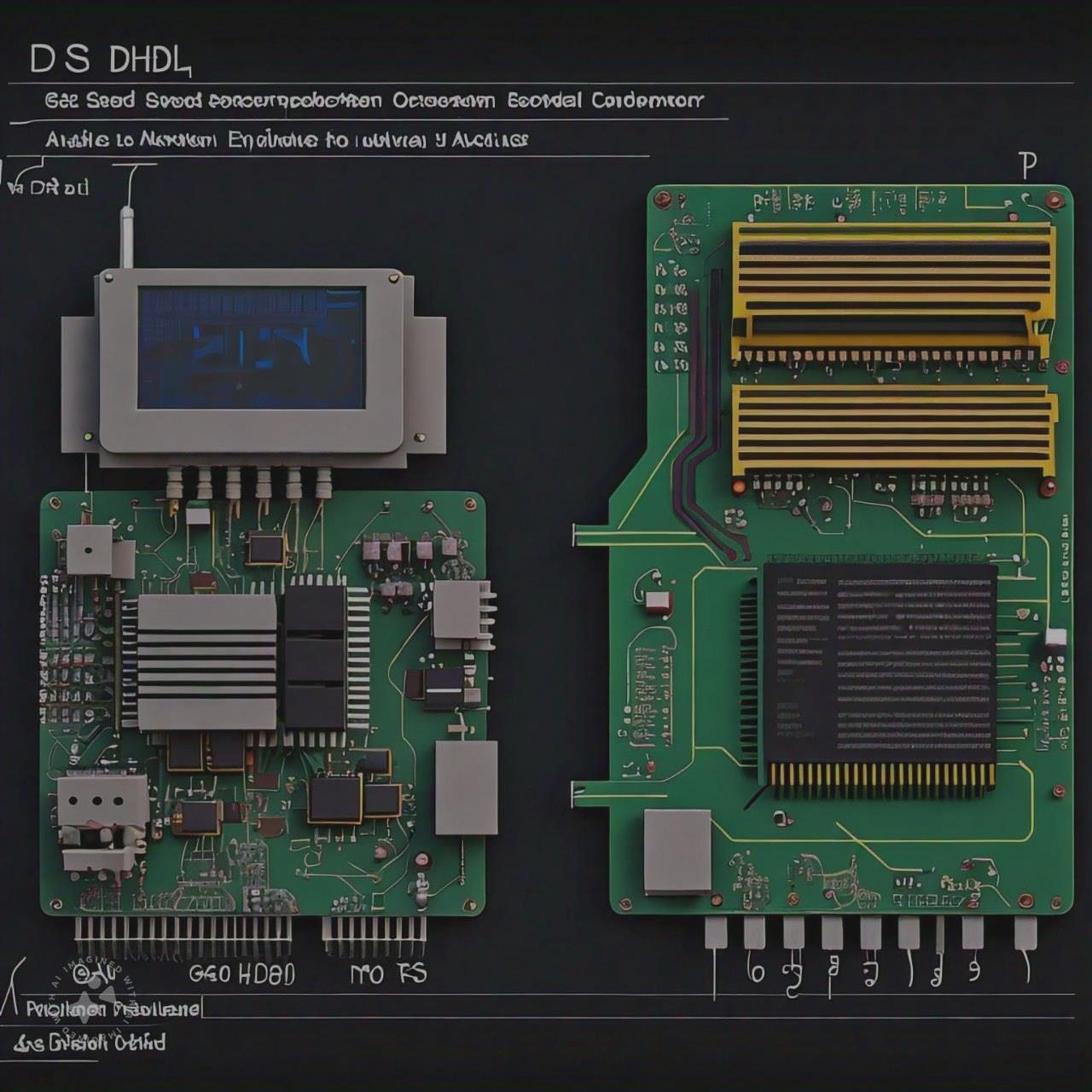
VHDL BASED TRAFFIC LIGHT CONTROL SYSTEM
(2015-2016)
Traffic lights, essential for modern life, ensure smooth traffic flow. The traffic light controller, responsible for their precise operation, must meet specific requirements, including timing, cycling through states, and responding to inputs like walk signals.This design focuses on controlling traffic lights at a busy highway (HWY) intersecting a lighter traffic side road (SRD). The core of the system is a finite state machine (FSM) directing the lights based on specified time intervals.To handle external inputs safely, an input handler synchronizes them with the system clock.
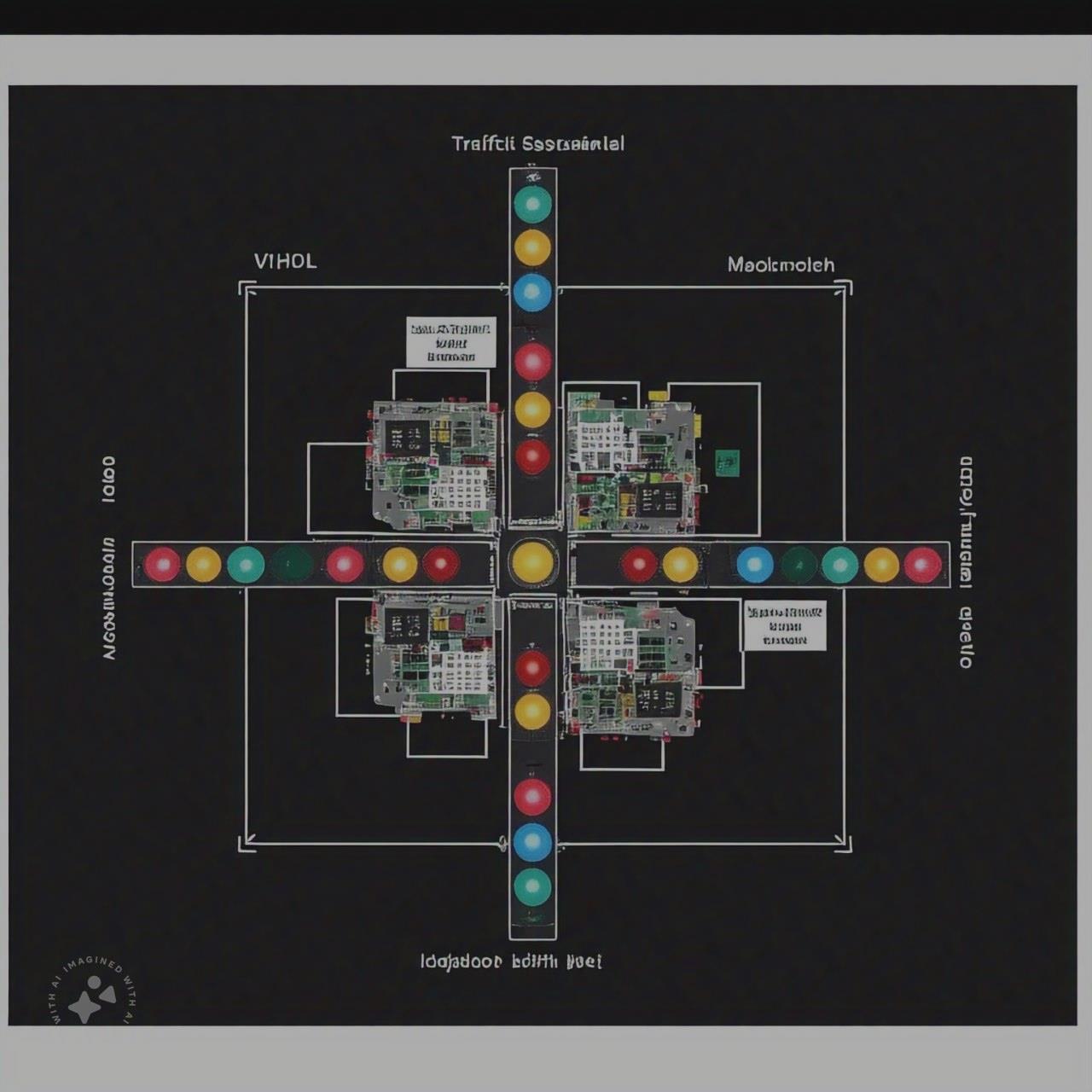
FIRE DETECTION BY USING Raspberry Pi
(2018-2019)
Fire poses a significant threat to human life, necessitating the development of advanced fire alarm systems. Traditional sensor-based systems have limitations, such as only detecting fire at pre-programmed temperature levels and lacking reporting capabilities.This proposed system leverages image processing and Raspberry Pi technology to provide a cost-effective and early fire detection solution. The system utilizes a camera to capture video footage, which is then analyzed for heat signatures and fire patterns.
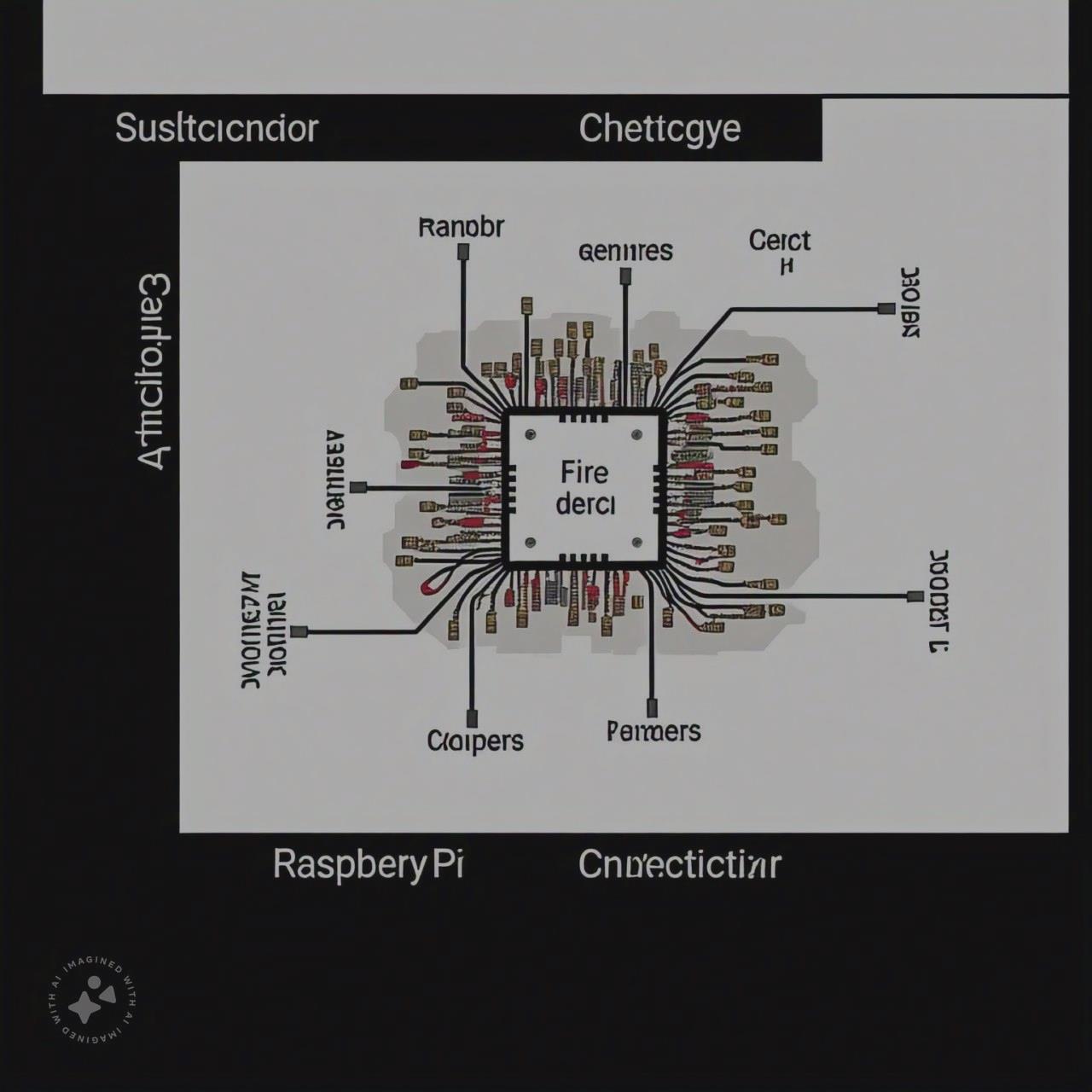
AN ARTIFICIAL DENSITY BASED TRAFFIC CONTROL SYSTEM USING IMAGE PROCESSING
(2015-2016)
Current traffic control systems, relying on technologies like magnetic loops and infrared sensors, have limitations in providing comprehensive traffic data and surveillance. These methods are often costly, prone to failure, and can disrupt traffic flow during maintenance.Video-based systems offer a promising alternative, providing richer traffic information, combining surveillance and traffic control, and being easier to install and scale. This paper explores the potential of image processing for traffic control, aiming to eliminate the need for traffic personnel at junctions.
8*8*8 3D LED CUBE USING ATMEGA328P
(2016-2017)
The electronics entertainment industry has experienced rapid growth, transitioning from cassettes to DVDs, black and white to color TVs, and 2D to 3D displays. This evolution has sparked fierce competition among brands like Sony, Samsung, and Panasonic, pushing them to innovate and market their products aggressively.To stand out and capture consumer attention, companies must develop methods that enhance visual information and emotional engagement.
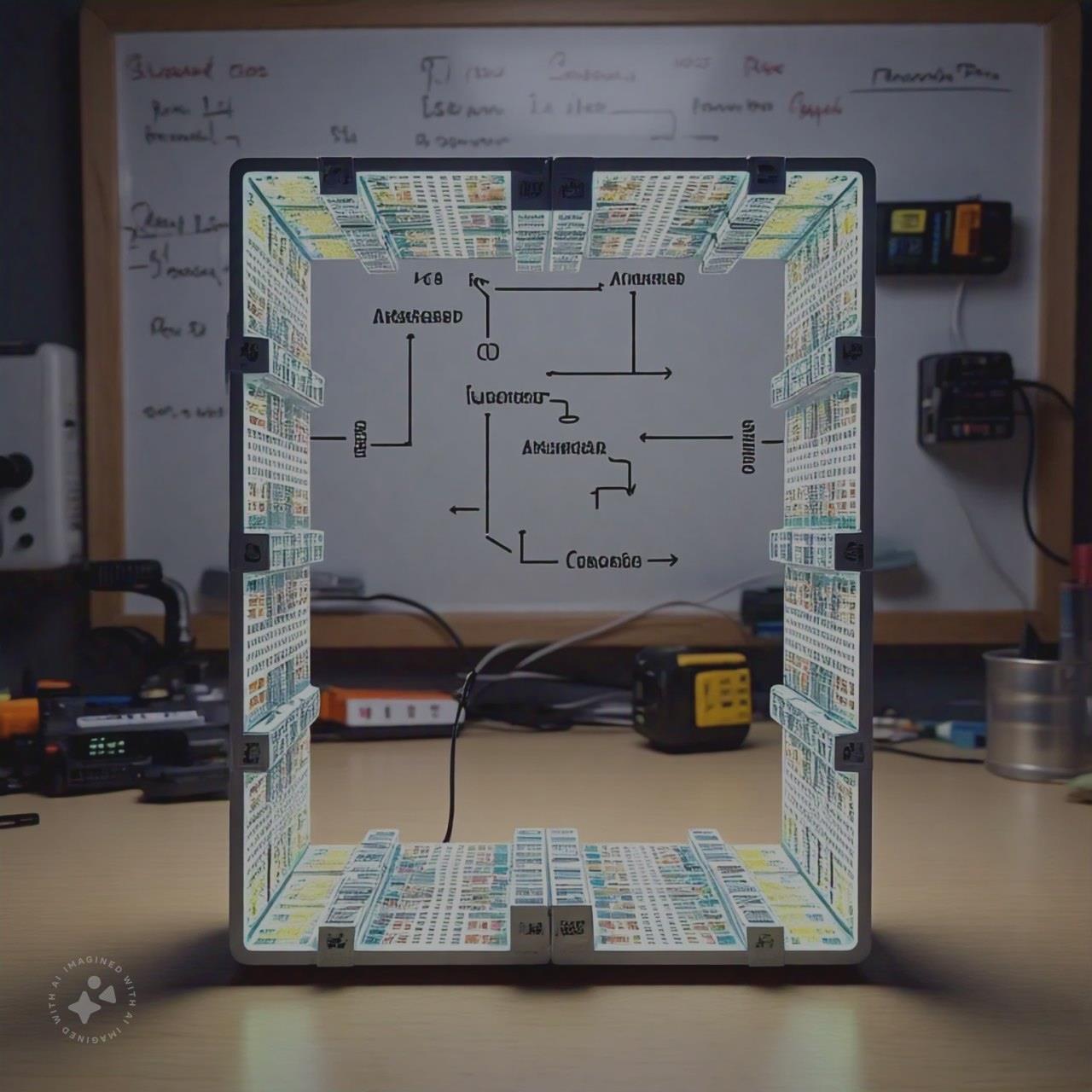
FOOT STEP POWER GENERATION USING PIEZOELECTRIC TRANSDUCER
(2015-2016)
Electricity has become essential for modern life, but its production is a major source of pollution. As demand rises, exploring alternative energy sources is crucial. One such method is harnessing the piezoelectric effect, which generates electricity from pressure applied to certain materials. This technology utilizes the energy from human movement, converting it into electric current.
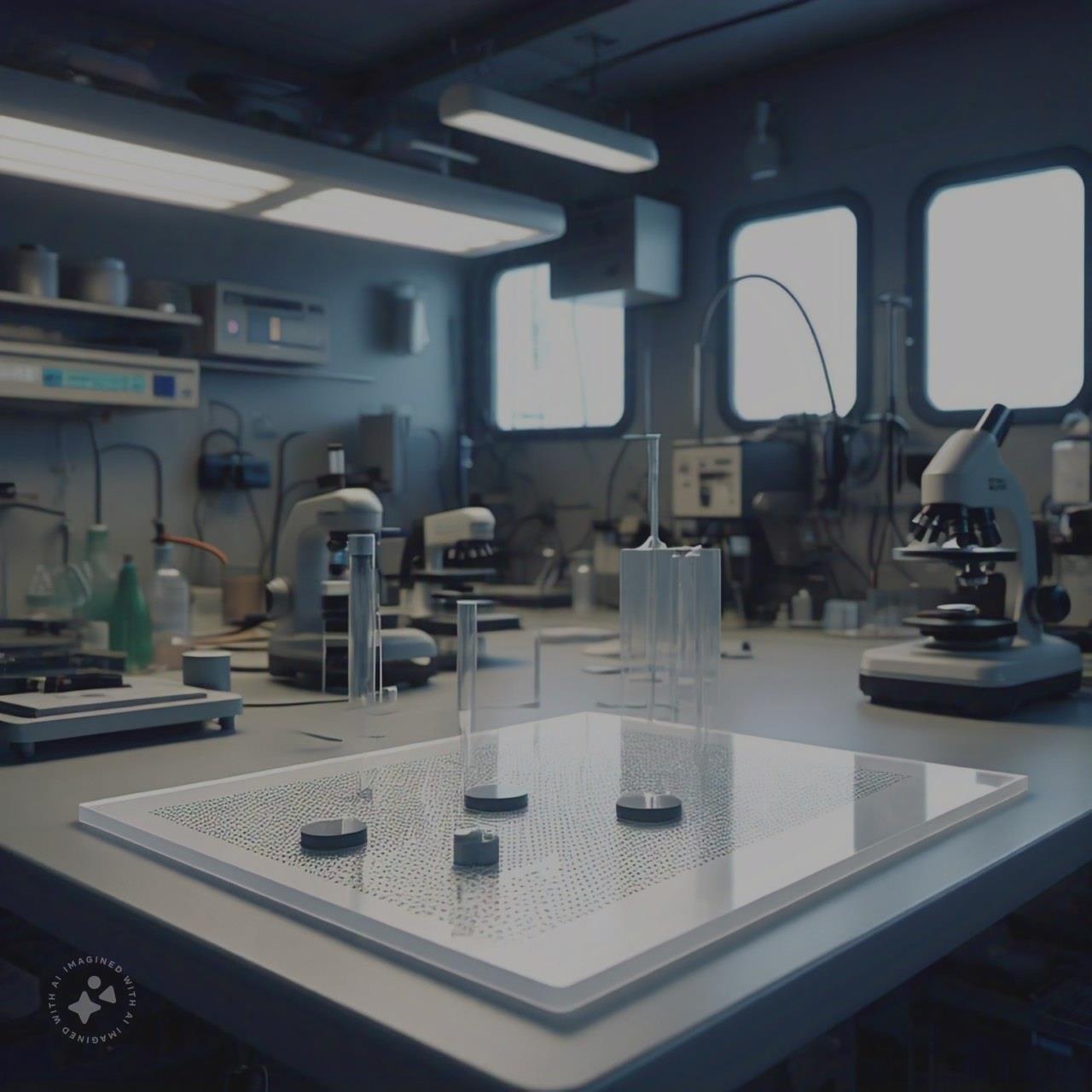
LPG WEIGHT AND LEAKAGE MONITOR ON GSM
(2015-2016)
LPG, first produced in 1910, is a versatile fuel mixture used in homes, industries, and automobiles due to its high calorific value and minimal environmental impact. However, LPG leaks pose a significant safety risk, leading to suffocation and explosions.To address this, electronic gas detectors and advanced technologies have been developed to detect and alert users of gas leaks. Additionally, LPG weighing machines monitor gas levels and send alerts when the cylinder needs refilling, reducing customer burden and ensuring timely replenishment.
VEHICLE MOVEMENT BASED STREET LIGHT SYSTEM USING SENSOR
(2016-2017)
This project introduces an automated street light system that reduces manpower and energy consumption.The system uses a microcontroller, LDR (Light Dependent Resistor), LED, and an IR sensor to control street lights. During the day, the LDR detects sufficient ambient light and keeps the street lights off. As the light level decreases, the LDR's resistance increases, preventing current flow to the transistors and keeping the lights off.When the light level drops below a threshold, the LDR's resistance decreases, allowing current to flow and activating the 555 timer circuit.

DRIVERLESS RAILWAY
(2018-2019)
Train travel, an efficient and affordable mode of transport, needs enhanced security. This project addresses two key issues: track damage and obstacle detection.Track damage is detected usingvibration sensors that sense anomalies when a train passes by, enabling quick identification of the damage location using GPS.Obstacle detection is achieved by ultrasonic sensors that measure the distance between the train and objects on the track, sending alerts to the control station via GSM.The system also includes automated gate control, ensuring safe passage for trains.

DESIGN AND FABRICATION OF TRAFFIC DENSITY CONTROL USING MATLAB
(2016-2017)
This project proposes a solution based on vehicle density, utilizing Raspberry Pi as a microcontroller to regulate signal timing based on real-time traffic conditions. This intelligent system aims to optimize traffic flow and efficiently manage emergency vehicles, offering a potential remedy to the persistent problem of traffic congestion.Digital images are made up of pixels, which are the smallest elements of an image.Humans rely heavily on vision, but our sight is limited to the visible light spectrum. Imaging machines, however, can process a much broader range of electromagnetic radiation, including gamma rays, radio waves, and ultrasound.

WIRELESS CAR BLACK BOX SYSTEM FOR ACCIDENT PREVENTION & DETECTION USING GPS & GSM
(2016-2017)
As the number of vehicles has skyrocketed in the last century, so have traffic accidents and their associated casualties. This project aims to develop a "Black Box" for vehicle diagnosis, similar to those used in airplanes, to improve road safety and reduce fatalities. This device will record and transmit critical information during an accident, helping to understand the cause and potentially improve future vehicle designs.The Black Box will employ various sensors, including an accelerometer to detect impacts, a temperature sensor to identify fire, and a smoke sensor to detect smoke.
